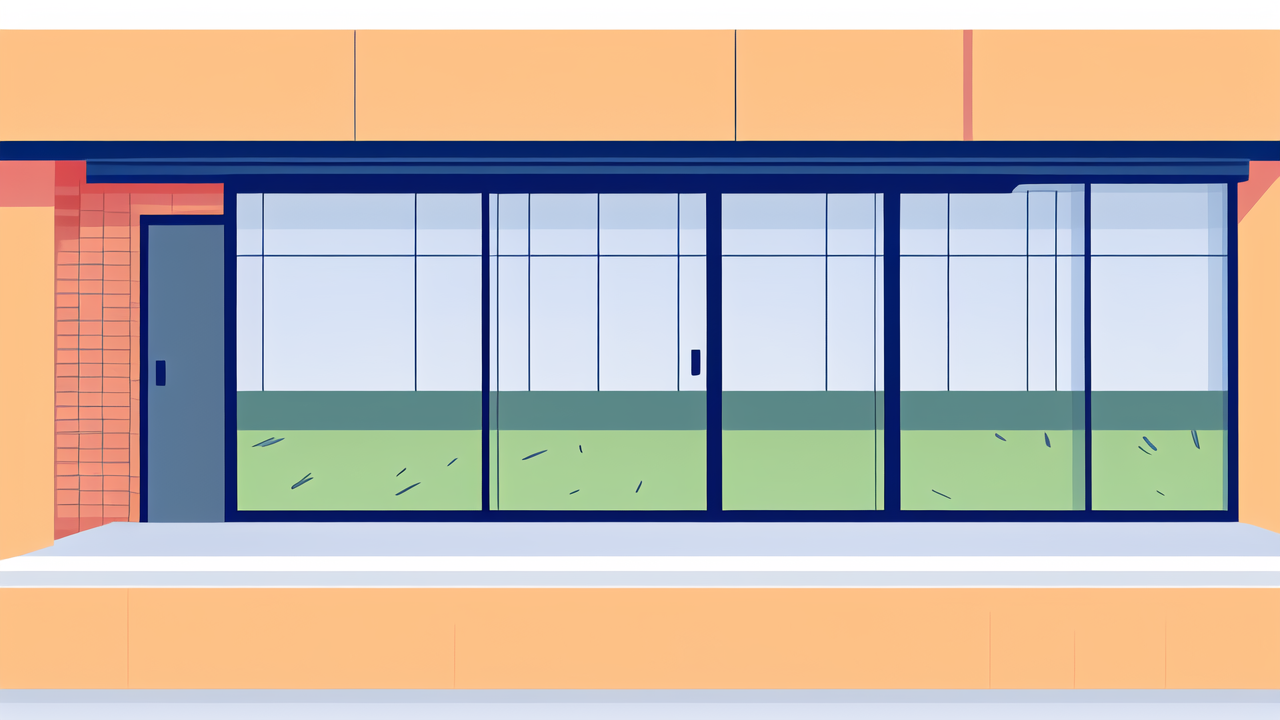Understanding Composite Fence Pickets
The Advantages of Composite Fencing
Composite fence pickets offer many benefits for homeowners. They're durable and long-lasting, often outlasting wood fences. These pickets resist rot, decay, and insect damage. They don't need painting or staining, saving time and money on upkeep. Composite fencing maintains its color and appearance for years. It's eco-friendly, often made from recycled materials. The material is also splinter-free, making it safer for families with children and pets. Composite fences can boost property value and curb appeal. They come in various styles and colors to match any home's aesthetic.

Selecting the Right Composite Fence Materials
Choosing the right composite fence materials is crucial for a successful installation. Look for high-quality brands with good reviews and warranties. Consider the climate in your area when selecting materials. Some composites perform better in extreme weather conditions. Check the UV resistance of the pickets to prevent fading. Look at the texture and finish options available. Some mimic wood grain, while others have a smooth surface. Think about the color that best complements your home's exterior. Ensure the materials meet local building codes and HOA requirements if applicable. Compare prices, but don't sacrifice quality for cost savings.
Identifying Compatible Composite Fence Systems
Composite fence systems come in various designs. Some use interlocking pickets, while others require separate post and rail systems. Ensure all components are from the same manufacturer or are compatible. Check if the system includes post caps, gates, and hardware. Some systems offer pre-assembled panels for easier installation. Look for systems with hidden fasteners for a cleaner look. Consider the ease of installation when choosing a system. Some are DIY-friendly, while others may require professional help. Check if the system allows for custom heights or designs. Ensure the chosen system can handle your yard's terrain and any slopes.
Step-by-Step Installation Process
Preparing the Ground
Proper ground preparation is key to a sturdy fence. Start by marking the fence line with stakes and string. Check for underground utilities before digging. Clear the area of rocks, roots, and debris. Level the ground along the fence line as much as possible. For sloped areas, decide if you'll step the fence or follow the contour. Dig post holes to the depth required by local codes, usually 1/3 the post height plus 6 inches. The holes should be wider at the bottom for stability. Add gravel to the bottom of each hole for drainage. This prep work ensures a solid foundation for your fence.

Measuring and Marking for Precision
Accurate measurements are crucial for a professional-looking fence. Use a tape measure to mark post locations at equal intervals. Standard spacing is usually 6 to 8 feet apart. Adjust spacing near corners or gates as needed. Use a level to ensure posts are perfectly vertical. Mark the height line on each post for consistent picket placement. Double-check all measurements before cutting materials. Use a string line between posts to ensure straight lines. For corners, use a carpenter's square to achieve 90-degree angles. Take your time with this step to avoid costly mistakes later.
Assembling and Installing Composite Fence Pickets
Start by setting the posts in concrete and allowing them to cure. Install the bottom rail, ensuring it's level. Begin attaching pickets at one end, using spacers for even gaps. Follow the manufacturer's instructions for fastening methods. Some systems use hidden clips, while others require screws. Work your way down the fence line, checking for plumb and level as you go. Install the top rail to secure the pickets in place. For cut pickets, use a fine-toothed saw to prevent splintering. Finish by adding post caps and any decorative elements. Clean up any debris and admire your new fence!
Maintenance and Longevity
Regular Cleaning and Upkeep
Composite fences are low-maintenance, but some care is needed. Wash the fence annually with mild soap and water. Use a soft brush or cloth to avoid scratching the surface. Rinse thoroughly with a garden hose. For tougher stains, use cleaners approved by the manufacturer. Avoid harsh chemicals or pressure washers, which can damage the material. Inspect the fence regularly for any loose pickets or hardware. Tighten or replace fasteners as needed. Trim nearby plants to prevent overgrowth on the fence. Remove any debris that collects along the bottom rail. This simple maintenance will keep your fence looking great for years.

Troubleshooting Common Issues
Even well-installed composite fences may have occasional problems. Check for any warping or bowing of pickets. This can happen due to extreme temperature changes. Ensure proper spacing between pickets to allow for expansion. Look for any discoloration or fading. Some fading is normal, but excessive color loss may be covered by warranty. Check for mold or mildew growth in shaded areas. Clean affected areas with a vinegar solution. Inspect for any cracks or chips in the material. Small damages can often be repaired with composite filler. Address any issues promptly to prevent them from worsening.
Ensuring Durability and Aesthetic Appeal
To maximize your fence's lifespan, take proactive steps. Apply a UV-resistant sealer every few years if recommended by the manufacturer. This can help maintain color and protect against sun damage. Avoid leaning heavy objects against the fence to prevent warping. Keep sprinklers aimed away from the fence to reduce moisture exposure. Consider adding lattice or post toppers for added visual interest. Replace any damaged pickets promptly to maintain the fence's integrity. With proper care, your composite fence can remain attractive and functional for decades. Regular attention to these details will keep your fence looking as good as new.
